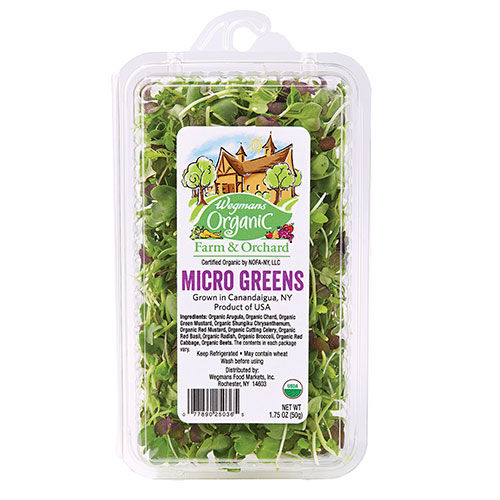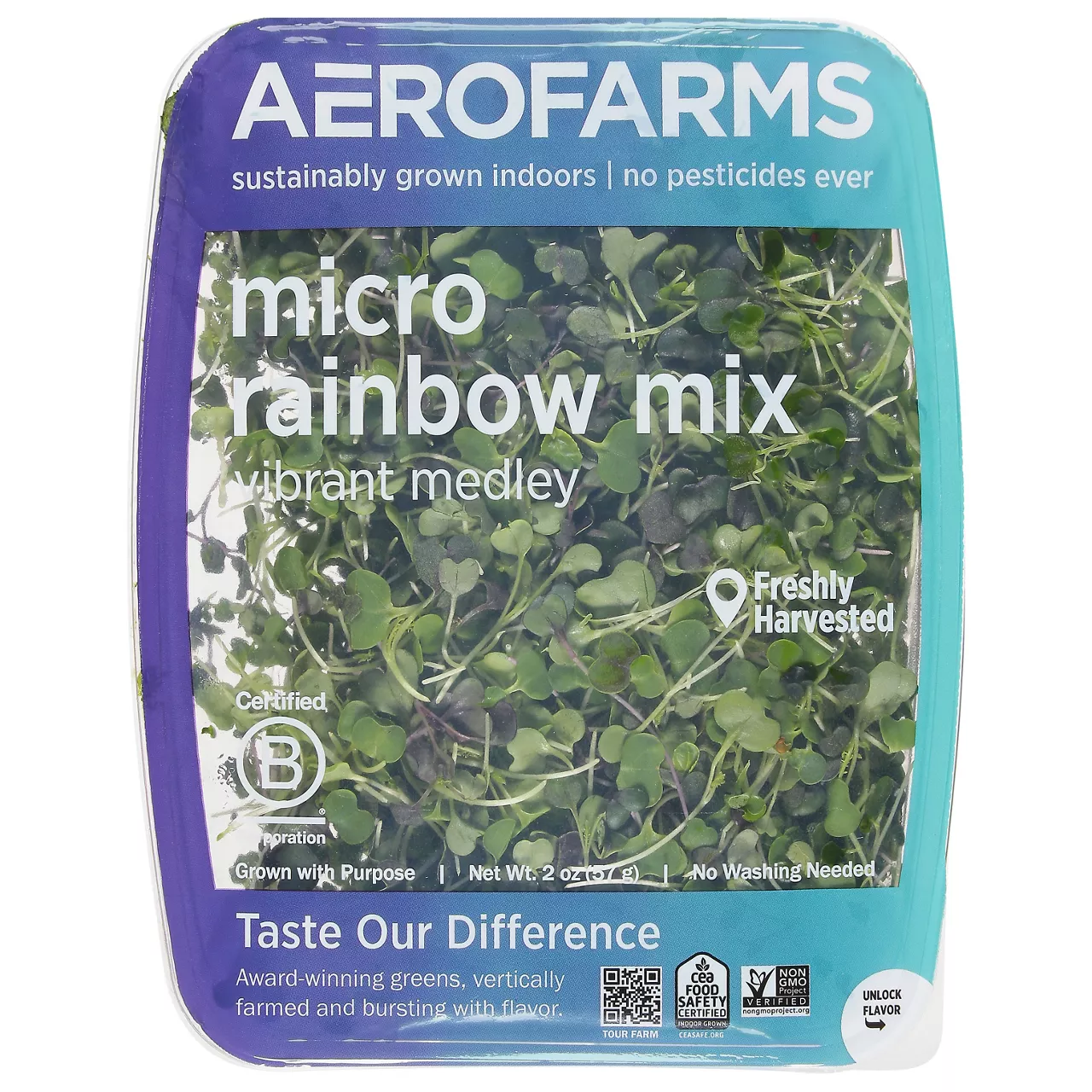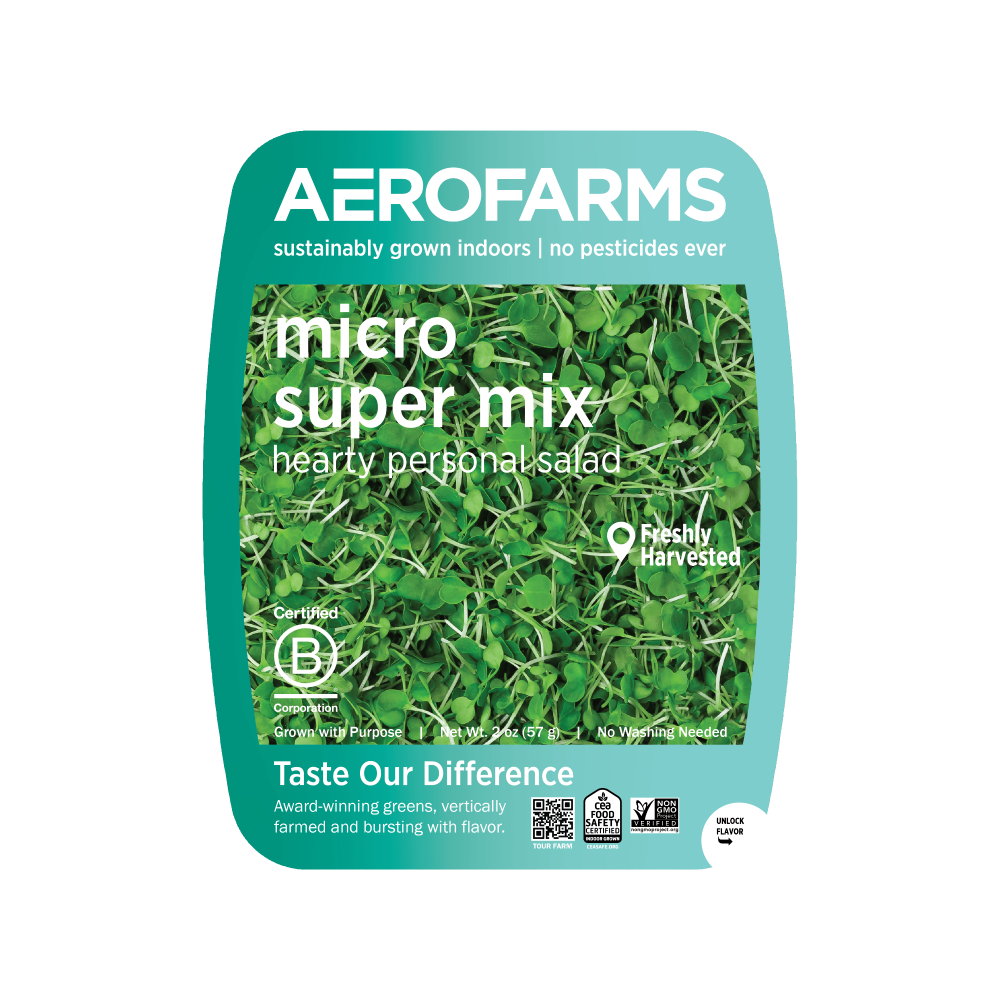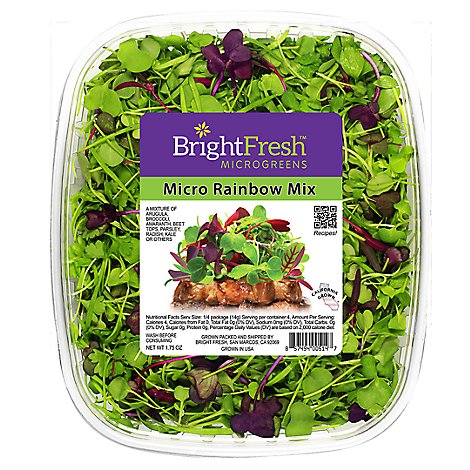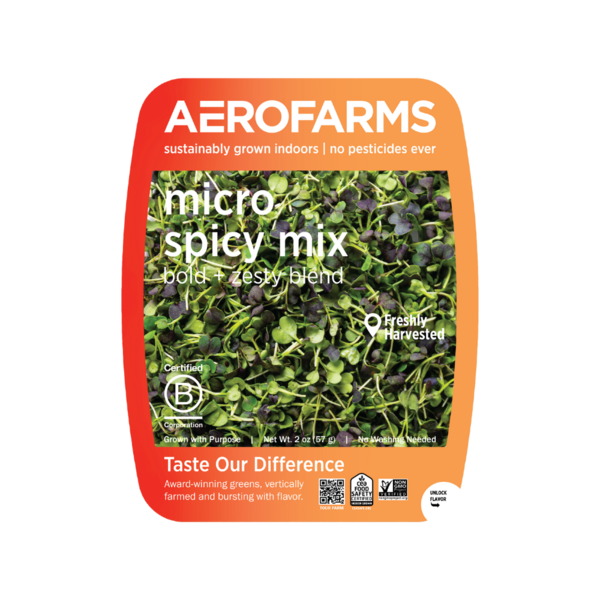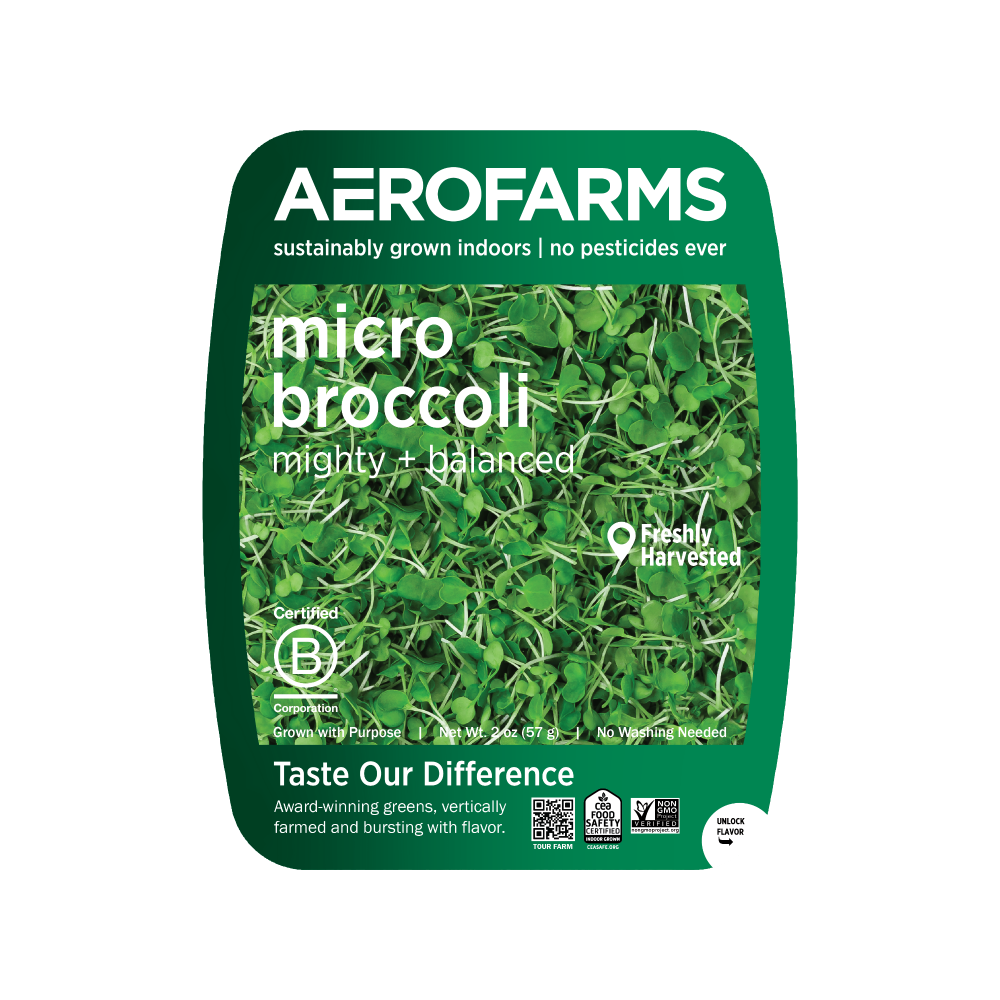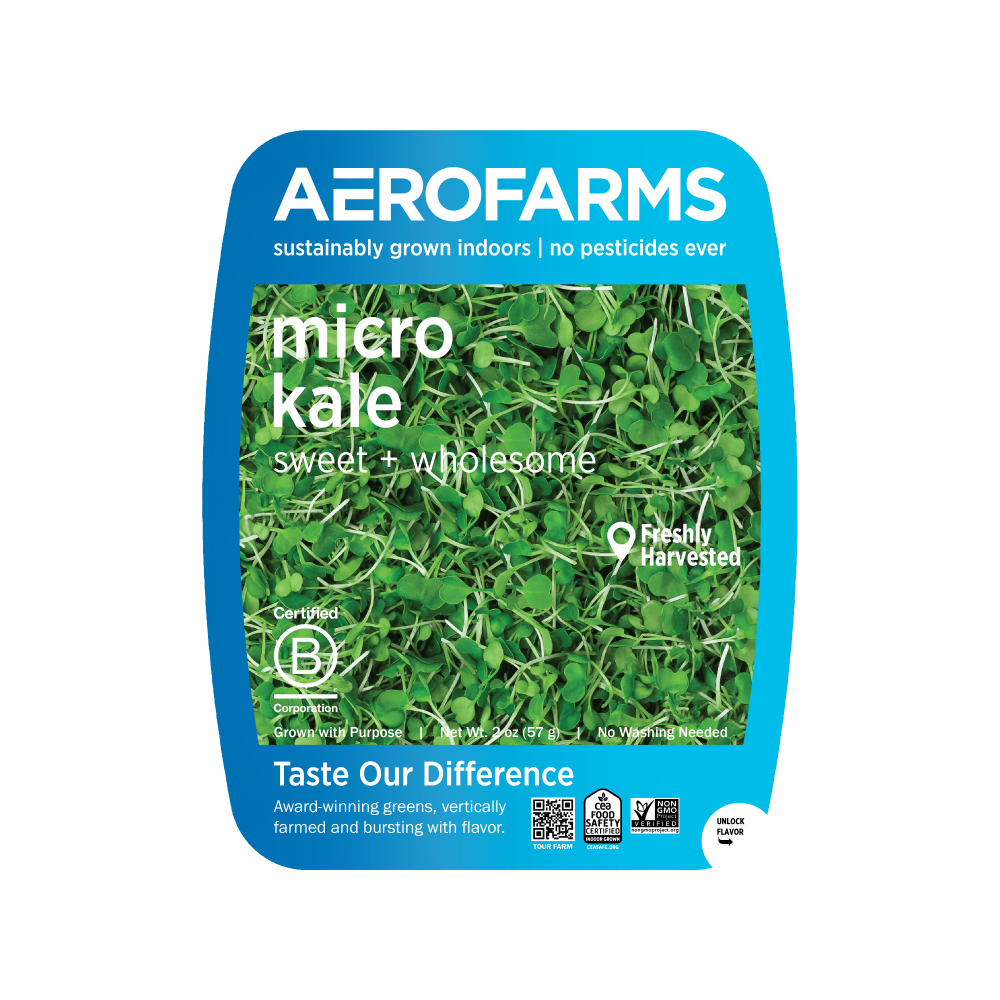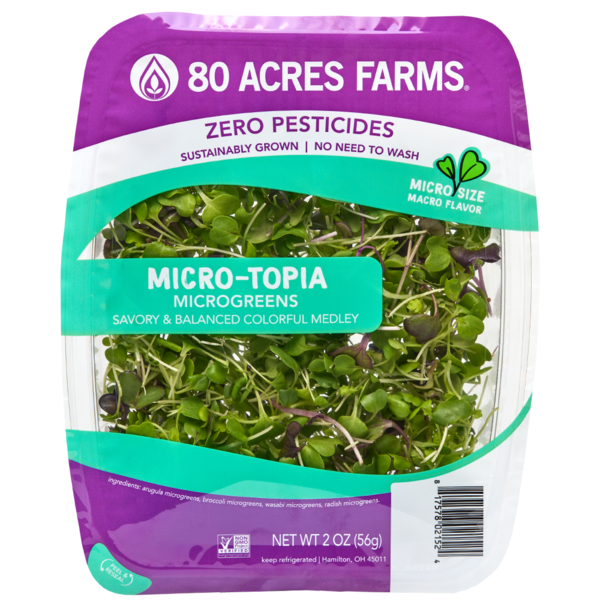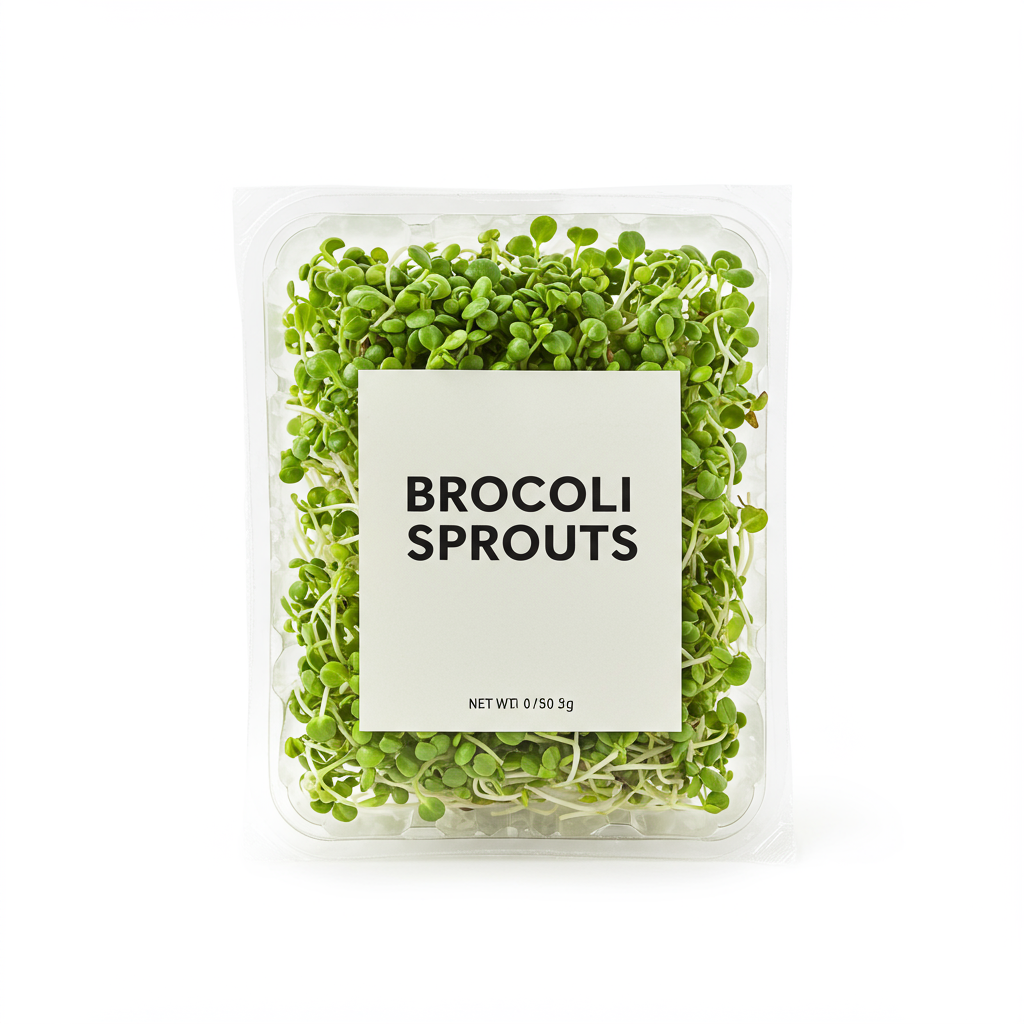SALADS
APPETIZERS
LUNCH
Microgreens
Microgreens are young, tender greens that are harvested at a very early stage of growth, typically within 7-21 days after germination. They are essentially baby plants, somewhere in between a sprout and full-fledged green. These nutrient-dense greens are known for their vibrant colors, diverse flavors, and delicate textures, which make them a popular addition to salads, sandwiches, and garnishes.
Microgreens can be grown from a variety of plant seeds, including but not limited to lettuce, kale, arugula, herbs, and even some edible flowers. With their high nutritional value and concentrated flavors, microgreens have gained wide popularity among home cooks and professional chefs alike, offering an easy and visually appealing way to enhance dishes and boost health benefits.
67%
CARBS
0%
FAT
33%
PROTEIN
172 Microgreens Products
Used In 7 Recipes
Simply Delightful Homemade Sopes
7
California Sushi Roll Bowls
16
Summer Abundance Salad.
6
Spicy Roasted Butternut Squash and Lentil Salad
Cheddar Grits with Sausage
Flatout Flatbread Pizza with Grilled Broccoli Pesto and Prosciutto
1
Avocado Appetizer with Yogurt, Garlic, Micro Greens and Chive Flower
Microgreens Are Frequently Used With
Microgreens FAQ
The majority of questions about microgreens usually circle around proper growth methods, their nutrient content, and their uses in cooking.
What often goes wrong for people is they do not provide the correct growing conditions for microgreens. They require an appropriate medium, regular watering, adequate light, and warmer temperatures.
Another common issue is people can misunderstand their use in cooking. Microgreens are not to be cooked like regular greens due to their delicate nature; they're best when used raw or added to dishes after cooking.
Furthermore, even though microgreens are nutritionally dense and offer a variety of flavors, they should not replace regular vegetables in your diet but instead can be used to supplement it.
On the plus side, to get the most out of the ingredient, they can be grown at home year-round in relatively small containers with just a little effort and care, which makes them an easy and beneficial ingredient to incorporate into any diet.
A little-known tip regarding microgreens is that you can experiment with growing different types to diversify the flavors and nutritional content of your meals. In addition, different microgreens grow at different speeds, so it's interesting to have a constant rotation and supply.
Can you eat microgreens raw?
Do microgreens regrow after cutting?
How do you harvest microgreens?
What do microgreens taste like?
What can you do with microgreens?
Are microgreens better for you than regular greens?
How often do I water my microgreens?
Do microgreens need sun?
How long does it take to grow microgreens?
Can all vegetables be grown as microgreens?
Expiration & Storage Tips
When does microgreens expire?
Microgreens, when stored properly, can typically last around 5-7 days in the fridge. If kept in a sealed container and refrigerated, they can sometimes last up to 10 days. Remember, freshly harvested microgreens will last the longest. Once the container has been opened, try to use them within a day or two, as exposure to air will hasten their decay. Freezing microgreens is not generally recommended, as it can damage their delicate cellular structure and reduce their quality.
How do you tell if microgreens is bad?
Determining if microgreens have gone bad is quite a straightforward process. First, look at the color. Microgreens should possess vibrant, lively colors. If they're turning dark or mushy, they've started to go bad. Also, watch for any mold growth or a 'slimy' feel as these are sure signs of spoilage. Last but not least, smell is a good indicator. Fresh microgreens should smell grassy and a bit earthy. If they have a sour, unpleasant odor, it's time to toss them out.
Tips for storing microgreens to extend shelf life
• Rinse the microgreens only before you're ready to eat them. Washing earlier speeds up decay.
• Store your microgreens in the refrigerator. Place them in a container that breathes, so they don't become slimy. One good trick is to place a paper towel in the bottom of the container to absorb any excess moisture.
• Keep your microgreens away from fruits that produce ethylene gas like apples and bananas. Ethylene can cause other produce to ripen and spoil faster.
• Try not to pack them too tightly into their container. Overcrowding can cause the microgreens to crush each other and go bad. The ideal condition would be a single layer arrangement.
• Consider growing your own microgreens at home. They grow quickly and do not require much space or special equipment. This way you can harvest them as needed, ensuring they are always fresh.
EXPIRES WITHIN
8 - 15
DAYS
Health Info
Macros
1g
CARBS
0g
FAT
0g
PROTEIN
Allowed on these diets
LOW FAT
HIGH CALCIUM
VEGETARIAN
KETO
PALEO
WHOLE 30
MEDITERRANEAN
LOW CARB
VEGAN
LACTOSE FREE
GLUTEN FREE

